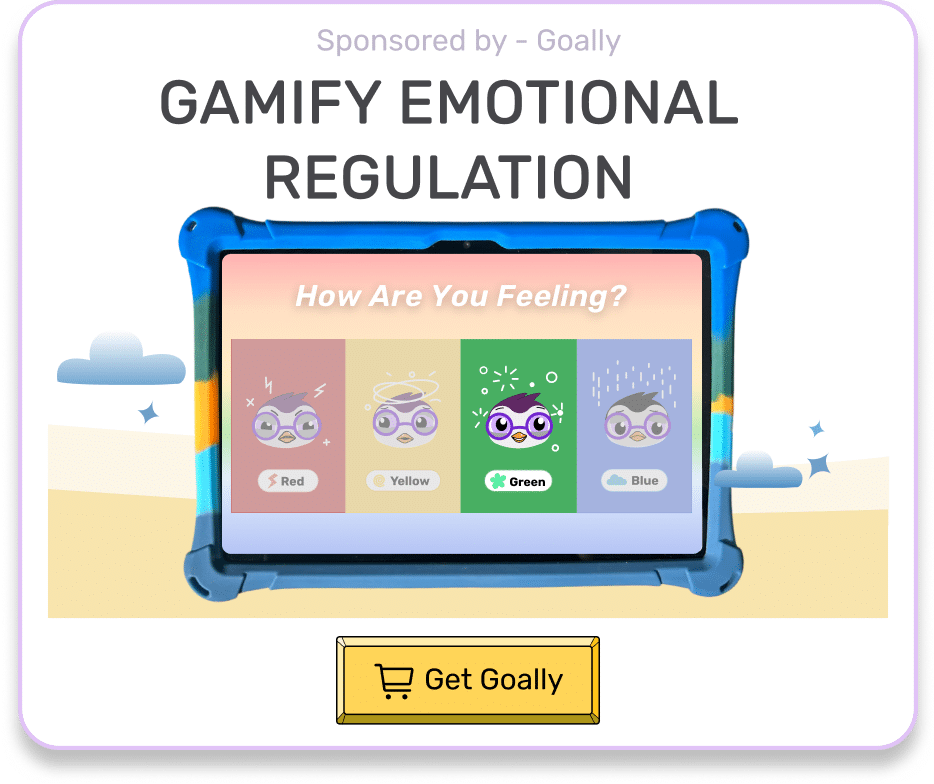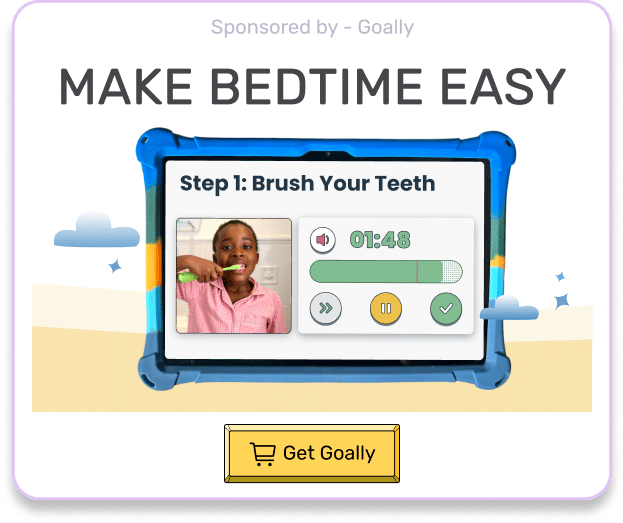If you’re wondering about the role of mood stabilizers in managing ADHD symptoms for your child, you’re not alone. In this blog post, we’ll explore the benefits, potential side effects, and considerations of mood stabilizers and how they can be an effective tool in your child’s treatment plan. Let’s dive in.
Table of Contents
Understanding Mood Stabilizers and Their Role in ADHD Treatment
Mood stabilizers are medications often prescribed for conditions like bipolar disorder to help regulate emotional highs and lows. However, they can also be beneficial for kids with ADHD who experience mood swings, irritability, or aggression. These medications work by balancing brain chemicals and reducing the severity of mood fluctuations to allow children to better manage their emotions and focus on daily tasks.

Here are some common mood stabilizers used for ADHD kids:
| Medication | Common Brand Name |
|---|---|
| Lithium | Lithobid, Eskalith |
| Valproic acid | Depakote |
| Lamotrigine | Lamictal |
| Carbamazepine | Tegretol |
It’s crucial to work closely with your child’s healthcare team to determine the most appropriate medication and dosage for their unique needs.

Read more: 5 Emotional Regulation Activities for Kids
Benefits of Mood Stabilizers for ADHD Children
Mood stabilizers can offer several advantages for kids with ADHD when used as part of a comprehensive treatment plan. Let’s take a closer look at some of these benefits:
- Improved emotional regulation: Mood stabilizers can help children better manage their emotions, reducing the intensity and frequency of mood swings.
- Reduced aggression and irritability: By stabilizing mood, these medications can also help decrease aggressive or irritable behaviors that may interfere with daily functioning.
- Enhanced focus and attention: With improved emotional regulation, children may find it easier to concentrate on tasks and maintain attention.
- Better social interactions: As mood stabilizers help kids manage their emotions, they may experience improved relationships with peers and family members.
It’s important to remember that mood stabilizers are not a one-size-fits-all solution. The effectiveness of these medications may vary from child to child, and it’s crucial to work with your child’s healthcare team to find the best treatment plan.
Potential Side Effects and Considerations
As with any medication, mood stabilizers may cause side effects. Some common side effects include:
- Drowsiness
- Dizziness
- Weight gain
- Nausea
- Headaches
It’s crucial to monitor your child for any side effects and report them to their healthcare team. In some cases, changes to the medication or dosage may be necessary to minimize side effects while maintaining the therapeutic benefits.
Keep in mind that every child is different, and what worked for one may not work for another. It’s essential to maintain open communication with your child’s healthcare team and be prepared to make adjustments as needed.
Collaborating with Your Child’s Healthcare Team
Deciding whether mood stabilizers are right for your child with ADHD requires a collaborative approach with their healthcare team. Here are some steps to take:
- Discuss your concerns: Share your observations of your child’s mood swings, irritability, or aggression with their healthcare provider.
- Explore treatment options: Ask about the potential benefits and risks of mood stabilizers, as well as alternative treatments that may be appropriate for your child.
- Monitor progress: Keep track of your child’s response to the medication, including any improvements in mood and behavior, as well as potential side effects.
- Adjust as needed: Work with the healthcare team to make any necessary adjustments to the medication or dosage to optimize treatment outcomes.
Remember, you are your child’s best advocate. Stay informed and involved in their treatment plan to make sure they receive the best possible care.

Supporting Your ADHD Child Beyond Medication
Mood stabilizers can be a valuable tool in managing ADHD symptoms, but they are just one piece of the puzzle. A comprehensive treatment plan may also include behavioral therapy, educational support, and lifestyle modifications to help your child reach their full potential.
By working closely with your child’s healthcare team and staying informed about the latest ADHD treatments, you can help your child thrive in all aspects of life. Remember, supporting your child goes beyond medication, and a well-rounded approach is key to helping them succeed.
Final Thoughts on Mood Stabilizers for ADHD Children
Mood stabilizers can help regulate mood swings, irritability, and aggression, allowing kids with ADHD to better manage their emotions and focus on daily tasks. When used as part of a comprehensive treatment plan, mood stabilizers can offer significant benefits for kids with ADHD. However, it’s essential to work closely with your child’s healthcare team to determine if these medications are the right choice for your child and to monitor their progress closely. Remember, supporting your child goes beyond medication, and a well-rounded approach is key to helping them succeed.
This post was originally published on 05/09/2023. It was updated on 07/05/2023.

Goally
We help parents teach their kids life skills, like doing bedtime and morning independently. Backed by science, we incorporate evidence-based practices and expert-informed designs in all of our apps and content.






